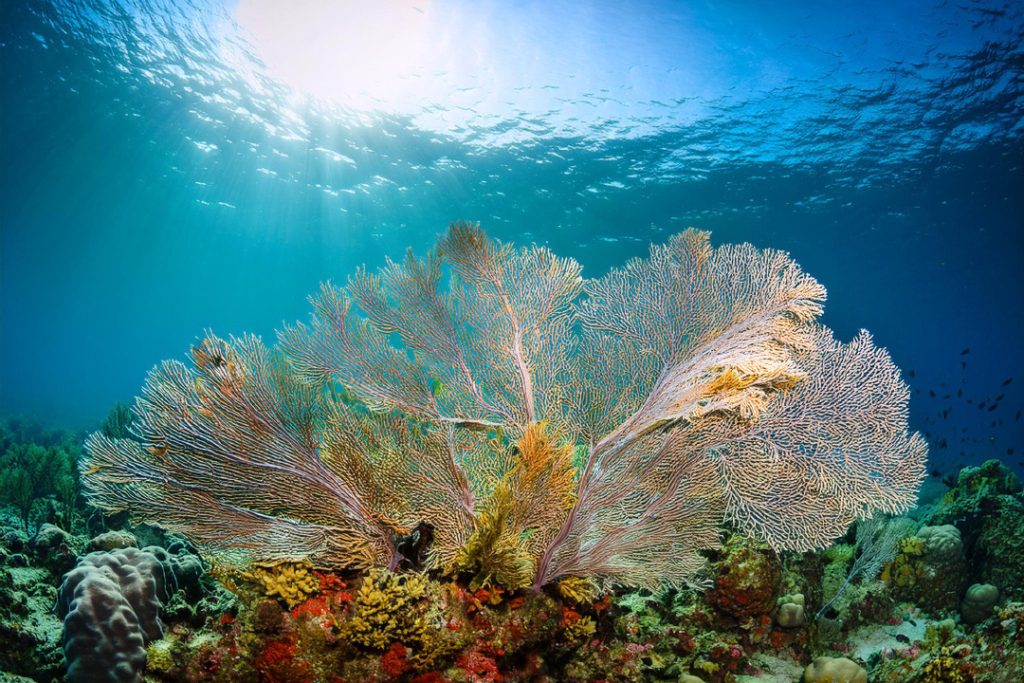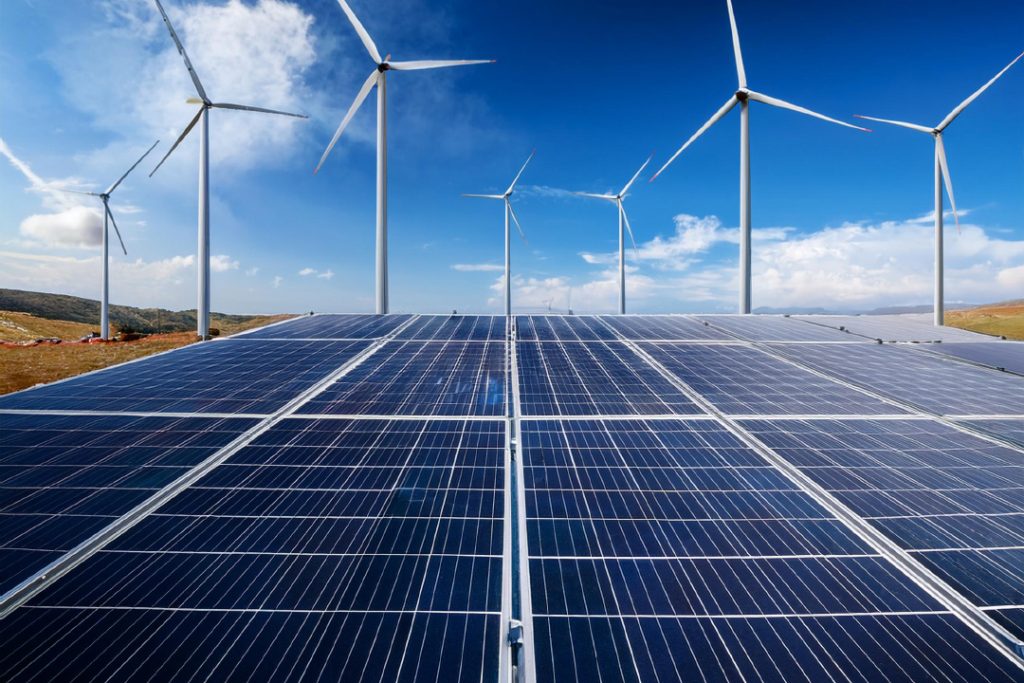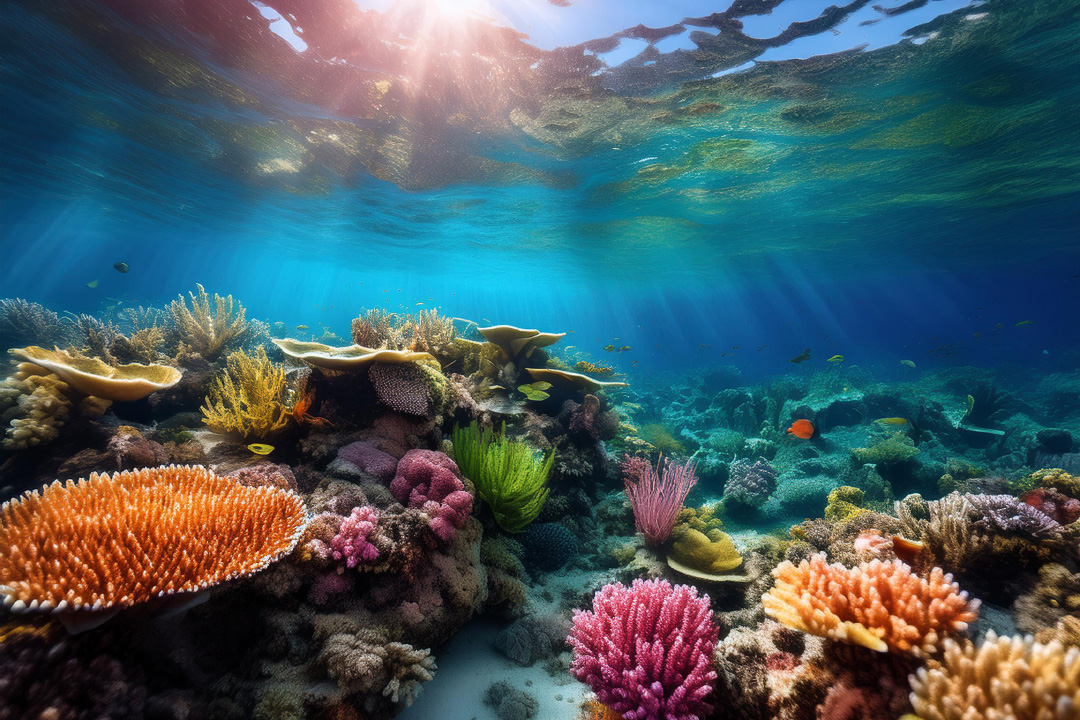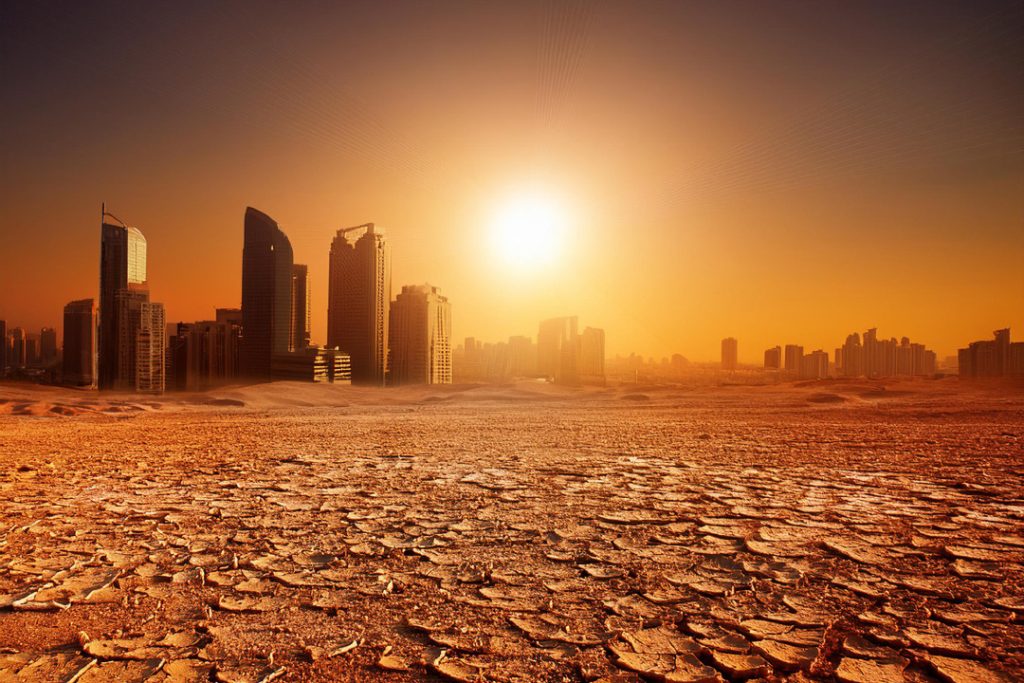Cracking the Mystery of Ocean Acidification
What’s the Deal with Ocean Acidification?
Ocean acidification is when the ocean’s pH levels drop because it’s sucking up way too much carbon dioxide (CO₂) from the air. Here’s the science bit: CO₂ likes to dissolve in seawater and makes carbonic acid. Then, this acid splits into bicarbonate and hydrogen ions, cranking up the ocean’s acidity and pushing pH levels down.
This is a modern problem, mostly our fault. Thanks to the industrial revolution and our fossil fuel obsession, we’ve turbocharged the CO₂ levels in the atmosphere. Why should you care? Because ocean acidification messes with marine life and the whole underwater scene.
| Parameter | Pre-Industrial Levels | Now |
|---|---|---|
| CO₂ in the Air (ppm) | 280 | 415 |
| Ocean pH | 8.2 | 8.1 |
| pH Drop Rate | – | 0.1 units/century |
Why is This Happening?
Blame it mostly on CO₂ soaking into the ocean, and we’ve got human activities to thank for this. Burning fossil fuels like coal, oil, and natural gas pours CO₂ into the air. Throw in some deforestation and industrial byproducts, and it just keeps getting worse.
Main Culprits Behind Ocean Acidification:

- Fossil Fuels Burn Fest: Power plants, cars, factories, you name it—they’re all belching out CO₂.
- Tree Chopping: Fewer trees mean less CO₂ absorbed. It’s hanging around in the atmosphere, looking for trouble.
- Industries Doing Their Thing: Some manufacturing processes create CO₂ as a bonus mess.
- Farm Life: Livestock and synthetic fertilizers are also guilty of juicing up greenhouse gases.
What can you do? Start by cutting down those carbon emissions. Embrace renewable energy to slow the CO₂ deluge. Curious about the bigger picture? Check out our piece on global warming impacts.
By making this content relatable and slightly humorous while keeping it clear and informative, it connects better with readers. The emphasis on everyday language and removing jargon helps make complex topics accessible.
The Real Impact on Marine Life
When our oceans swallow up more and more carbon dioxide, things change. And not for the better. This isn’t just some science mumbo jumbo—ocean acidification is messing with everything underwater, from coral reefs to shellfish, and the entire marine food chain.
Coral Reefs: The Underwater Cities in Danger
Coral reefs are like the skyscrapers of the ocean, teeming with life and color. But they’ve got a soft spot: they’re built with calcium carbonate, which dissolves faster than a sugar cube in hot coffee when the water gets too acidic.
| Problem | Coral Reefs |
|---|---|
| Acidic Waters | Less building material (carbonate ions) |
| Frail Skeletons | Coral structures get wobbly and weak |
| Baby Corals | Tough time growing up |
Healthy reefs are not just pretty— they’re vital. They protect our shorelines and provide homes for countless marine species. For more details on how climate change is also stressing these underwater wonders, check out our piece on the effects of global warming.
Shellfish: The Ocean’s Armor-Clad Underdogs
Oysters, clams, sea snails—they all rely on calcium carbonate for their shells. But when the ocean’s pH drops, it’s like trying to build a sandcastle with wet sand. Their shells get flimsy, and their survival rates plummet.
| Creature | Impact of Getting Acidic |
|---|---|
| Oysters | Hard time making shells, babies die more often |
| Clams | Grow slower, weaker shells |
| Sea Snails | Skewed growth, easy pickings for predators |
This chain reaction doesn’t stop with the shellfish. Their predators also face rough seas. Curious? Take a look at our article on sustainable agriculture practices to see how human actions can help.
Food Chain: The Domino Effect
Think of the marine food chain as a house of cards. Phytoplankton and zooplankton are the base, and if they get messed up, everything above falls apart. These tiny organisms really hate acidic water, meaning fewer zooplankton and phytoplankton to go around, which means less chow for fish and marine mammals.
| Marine Tier | Acidification Aftermath |
|---|---|
| Phytoplankton | Messes with growth and baby-making |
| Zooplankton | Higher death rates |
| Fish & Mammals | Less food, worse health |
Decay of the food web spells disaster for many marine species and the human communities that depend on them. To see the big picture, catch our scoop on the effects of global warming.
Getting your head around these issues is key to pushing for change. If you’re keen on reducing your own carbon footprint, we recommend checking out our article on renewable energy sources.
The weight on our underwater buddies is heavy and real. By understanding the full scope of ocean acidification, we can join forces to find and fight for solutions to protect these precious ecosystems.

How Ocean Acidification Impacts Marine Life
Marine Life Takes a Hit
When the ocean becomes more acidic, marine life catches the short end of the stick. Coral reefs, often called the “rainforests of the sea,” face a serious threat. They need calcium carbonate for their skeletons, and acidic waters make it tough for them to build this crucial material. This weakens coral reefs, reducing their ability to support the countless sea creatures that call them home.
Shellfish like oysters, clams, and mussels also suffer. Their shells, made of calcium carbonate, are more easily dissolved by acidic waters. Higher acidity equals weaker shells, which means higher mortality rates for these creatures and a knock-on effect for others that rely on them for food. It’s like removing a crucial link from a food chain—the whole system suffers.
Want a deeper dive into coral reefs? Check out this page.
Habitat Turmoil
Ocean acidification screws up the water chemistry, and that messes with marine habitats. Seagrass beds, essential for many marine species, struggle to thrive in the changing environment. Stunted growth of these underwater meadows means less habitat for fish, crustaceans, and more.
Mangroves, those coastal guardians, aren’t safe either. The changing water conditions can mess with their root systems, making them less resilient and less effective at protecting our shores from erosion and storm surges.
These habitat disruptions lead to declines in species that rely on them, causing a ripple effect that destabilizes entire marine ecosystems. It’s like taking a hammer to the foundation of a house; everything above starts to falter.
Interested in broader climate impacts? Don’t miss our article on the effects of global warming.
Quick Facts: Impact Breakdown
Here’s a snapshot of how ocean acidification messes with marine biodiversity and habitats:
| Affected Area | Trouble Brewing | What Happens Next |
|---|---|---|
| Coral Reefs | Struggle to make calcium carbonate | Weakened reefs, lower biodiversity |
| Shellfish Populations | Easier shell dissolution | Lower survival, food chain issues |
| Seagrass Beds | Growth slows down | Losing habitats for various species |
| Mangrove Forests | Weakened root systems | Less coastal protection, habitat loss |
Curious about how humans are behind these changes? Take a look at climate change causes.
What’s Next?
If we’re going to tackle this, we need to act now. Understanding the effects of ocean acidification isn’t just for scientists—it’s for everyone. By raising awareness and pushing for changes in human behavior, we can help protect the blue heart of our planet. Don’t just sit there; spread the word!
What Ocean Acidification Means for Us
Sure, ocean acidification messes with marine life, but it also messes with us. In this section, we’ll dig into how it hits our wallets and our dinner plates, covering the economic fallout and food security worries tied to this environmental problem.
Economic Woes
When it comes to money, acidic seas are a real buzzkill, especially for folks who make a living off the ocean. Fishing, fish farming, and tourist spots all feel the pinch, leading to fewer jobs and lighter bank accounts.
- Fishing Industry: Fewer fish, especially shellfish, means fishermen and coastal communities take a hit. Less catch equals less cash.
- Aquaculture: Fish farms aren’t immune either. Acidic waters stunt growth, making it pricier to keep the stock healthy.
- Tourism: Coral reefs aren’t just pretty—they’re big business. As they die off, fewer tourists come, hurting local economies.
| Industry | Economic Hit |
|---|---|
| Fishing | Less money due to fewer fish |
| Aquaculture | Higher costs to keep fish healthy |
| Tourism | Fewer visitors, less income for locals |
Food Security Headaches
Ocean acidification doesn’t just cost us money. It also messes with our food, which can lead to some serious nutritional problems.
- Seafood Supply: Seafood isn’t just tasty; for many, it’s a main source of protein. Acidic oceans shrink that protein pool.
- Supply Chain Chaos: When marine life takes a hit, the whole chain from catch to plate gets messed up.
- Global Nutrition: Less seafood means some communities might struggle to get enough nutrients, sparking health issues.
Want to know how other environmental changes mess with your food? Check out our piece on sustainable agriculture practices.
The dollar signs and dinner plates painted above make it clear: we’ve got to tackle ocean acidification, fast. Cutting carbon emissions and protecting marine areas can go a long way. Curious about how global warming ties in? Give our article on the effects of global warming a read.
Tackling Ocean Acidification
Dealing with ocean acidification isn’t a one-trick pony. We’ve got to hit it from all angles. Here we look at three main strategies: cutting carbon emissions, setting up marine protected zones, and boosting research and new ideas.
Cutting Carbon Emissions
Cutting back on carbon emissions is a no-brainer for fighting ocean acidification. The main culprit behind rising ocean acidity is carbon dioxide (CO₂) from humans. Slash the CO₂, and you slow down the acidification.
Here’s how we can do it:

- Shift to green energy: think wind, solar, and hydro.
- Make everything from homes to factories more energy-efficient.
- Push for more public transport and cars that sip, not gulp, fuel.
| Source of Carbon Emissions | Annual Emissions (Gt CO₂) |
|---|---|
| Fossil Fuels | 36.7 |
| Deforestation | 5.4 |
| Industrial Processes | 2.3 |
Curious about green energy? Check out our piece on renewable energy sources.
Marine Protected Zones
Marine protected zones (MPAs) can be lifesavers for ocean ecosystems hit hard by acidification. By keeping human activity in check in these areas, marine life gets a chance to bounce back.
- MPAs are havens for coral reefs, which hate acidification.
- They protect breeding spots and nurseries, keeping fish populations healthy.
- Research in MPAs shows how nature fights back and survives.
| Marine Protected Area | Size (km²) | Highlights |
|---|---|---|
| Great Barrier Reef Marine Park | 344,400 | Coral reefs, diverse marine life |
| Papahānaumokuākea Marine National Monument | 1,510,000 | Seabirds, endangered species |
| Phoenix Islands Protected Area | 408,250 | Pristine coral ecosystems |
Boosting Research and Innovation
We can’t fix what we don’t understand, right? That’s where research and tech come in. They help us get a grip on ocean acidification and figure out what to do about it.
- Monitoring programs keep an eye on acidification and give us early warnings.
- Genetic research shows how marine critters adjust to changes.
- Tech solutions like carbon capture can suck up CO₂ from the air.
By backing research, we learn more and come up with practical solutions that help marine life survive. Want to learn more about climate change? Check out our article on the effects of global warming.
These approaches all play a part in a bigger push for sustainability, tackling ocean acidification along with other environmental issues.
Here some recommended links selected for you: The Best Books of the Month, Todays best Deals at Amazon, Best Sellers in Cell Phones & Accessories and last but not least the easy and great way to send a gift for the holidays: Amazon.com eGift Card (Instant Email or Text Delivery).




